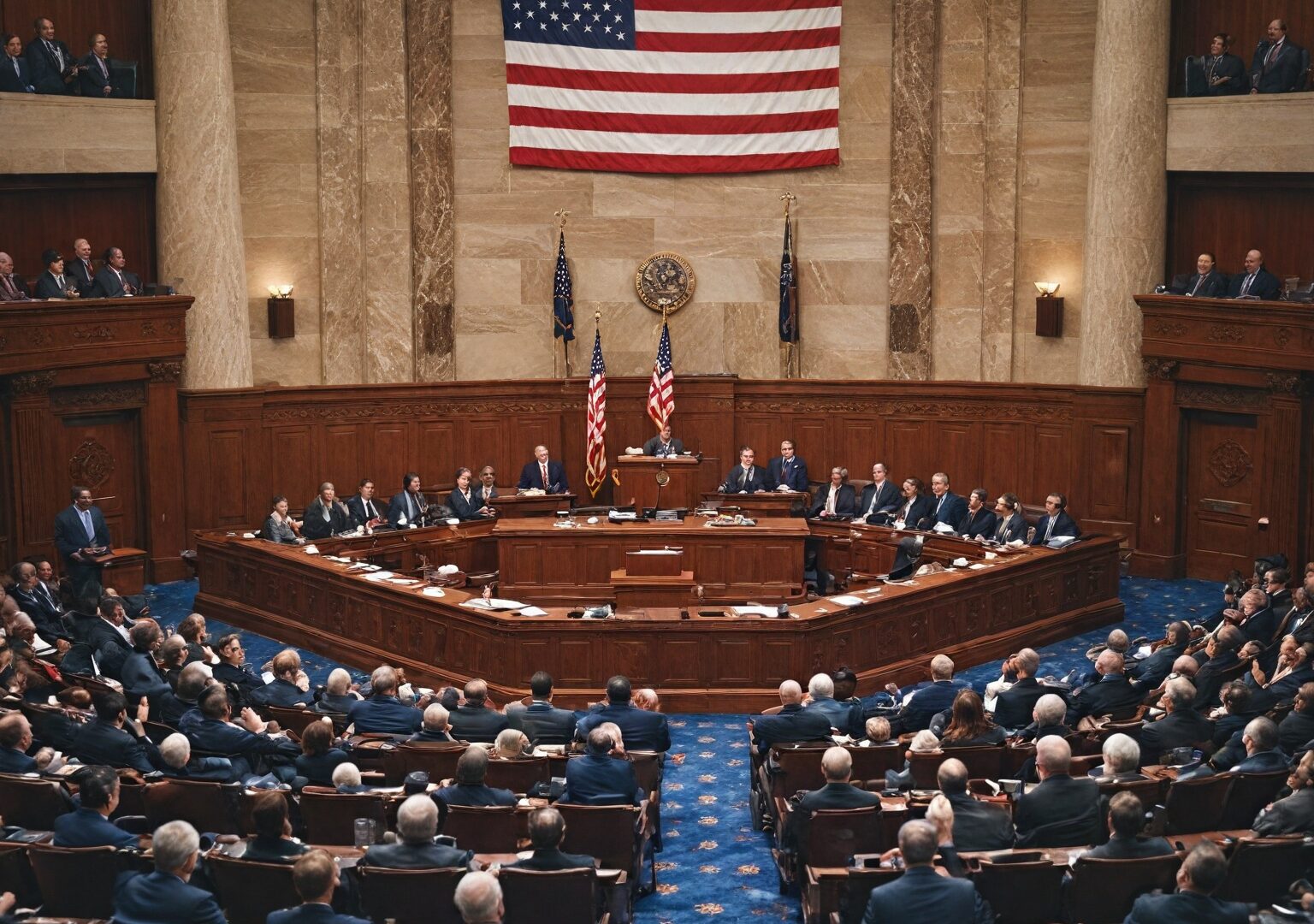Highlights:
– Senator Tim Scott expects a crypto market bill to be passed into law by August 2025
– Bipartisan support for comprehensive crypto regulations in the US Congress
– Predictions for the passage of market structure and stablecoin legislation in 2025
US Senate’s Crypto Policy Outlook for 2025
With Senator Tim Scott projecting the passage of a crucial crypto market bill by August 2025, the landscape of digital asset regulations in the United States is set to undergo significant changes. Scott, as the chairman of the US Senate Committee on Banking, Housing, and Urban Affairs, emphasizes the importance of fostering innovation in the domestic digital asset space to maintain American economic dominance worldwide. The alignment of Scott’s timeline with industry expectations and efforts towards stablecoin regulation underscores a concerted focus on shaping the future of crypto policy in the country.
The commitment to advance clear digital asset regulations is not exclusive to a single party, as bipartisan support is gaining traction in Congress. Democratic Representative Ro Khanna, at the Digital Assets Summit, expressed confidence in the passage of market structure and stablecoin bills in 2025. Reflecting a broader consensus within the Democratic Party, Khanna highlighted the significance of digital asset regulations and the role of dollar-pegged stablecoins in expanding the global demand for the US dollar, solidifying the importance of a coherent regulatory framework moving forward.
The Road to Comprehensive Crypto Regulations
As US lawmakers and officials navigate the intricate landscape of crypto regulations, the bipartisan consensus on establishing clear policies is a pivotal step towards nurturing a thriving digital asset ecosystem. The ongoing discussions around market structure and stablecoin legislation signify a concerted effort to provide regulatory clarity and foster innovation in the crypto sector. The support for dollar-pegged stablecoins and the anticipation of swift legislative action underscore a shared commitment to strengthening the country’s position in the global digital asset arena, with a keen focus on regulatory foresight and adaptability.
Looking ahead, the passage of comprehensive crypto regulations not only reflects a strategic approach towards safeguarding the value of the US dollar but also underscores the broader goal of positioning the United States as a frontrunner in the digital asset space. The collaborative efforts and bipartisan momentum driving the regulatory agenda underscore a collective recognition of the transformative potential of digital assets and the imperative of responsive regulatory frameworks to support their growth in a rapidly evolving financial landscape.
Shaping the Future of Digital Asset Regulation
As the push for comprehensive crypto regulations gains momentum in the US, the trajectory of digital asset policies is poised for significant evolution. The convergence of bipartisan support, industry expectations, and regulatory initiatives underscores a pivotal moment in shaping the regulatory landscape for cryptocurrencies and stablecoins. The forthcoming legislation holds the key to not only fostering innovation and economic growth but also to bolstering the country’s standing as a global leader in the digital asset realm.
The timeline set forth by Senator Scott and industry projections pave the way for a dynamic regulatory framework that balances innovation with oversight, setting the stage for a new chapter in the digital asset ecosystem. As stakeholders across the regulatory spectrum converge on shaping the future of digital asset regulations, the potential impact on market dynamics, investor confidence, and technological innovation remains paramount. The unfolding regulatory developments in 2025 herald a transformative period for the digital asset landscape, with implications that extend far beyond US borders.
Conclusion
In conclusion, the imminent passage of comprehensive crypto regulations in the US signifies a milestone in the evolving narrative of digital asset policies. As stakeholders anticipate the unfolding regulatory landscape and its impact on the broader financial ecosystem, the convergence of bipartisan support and regulatory foresight sets the stage for a new era of innovation and stability in the digital asset space. How will these regulatory developments shape the global perception of the US in the digital asset arena? What collaborative measures can industry players and policymakers undertake to ensure a conducive regulatory environment for sustainable growth? How are international markets likely to respond to the US’s regulatory initiatives in the digital asset space?
Editorial content by Charlie Davis


